(Quang Ngai Newspaper) - Thien But Mountain in Nghia Chanh Ward, Quang Ngai City (formerly called But Mountain) marks an ancient story from thousands of years ago of the Cham people. That is contained in the ancient tower, which needs to be explored and preserved.
 |
| Thien But Mountain. PHOTO: MINH HOANG |
In 1909, in the work Inventaire descriptif des monuments Cams de l'Annam (Descriptive inventory of Cham towers in Annam) by Henri Parmentier, a French archaeologist, in the section about the archaeological excavation at Chanh Lo tower in 1904, he mentioned a ruined Cham tower on the top of But mountain that had collapsed, the current state being that the tower's bricks were lying on the ruins, the shape of which was no longer recognizable. The excavation of the ruins of But mountain tower in 2017 clearly revealed the shape of But mountain tower as a Shiva tower, located on the highest peak of But mountain.
But Mountain has the beautiful name Thien But Phe Van (The sky's pen writes on the clouds), is one of the 10 famous landscapes of Quang Ngai , written by Governor Nguyen Cu Trinh when he was an official in Quang Ngai in 1750. If you set foot on the top of the mountain, you will see that the mountain has a geological structure with two peaks rising like a brush pen, in which the highest peak is 58m and was chosen by the Cham people to build a tower. But Mountain is also called Quy Son (Turtle Mountain). If you stand in the west direction or take a photo from above, the shape of the mountain looks like a turtle leisurely walking towards Bau Giang River, the body is But Mountain, its head is a low hill in the southeast direction with a height of about 10m (compared to sea level), now the location of Power Transmission Company 2. At the foot of the mountain to the south is Quy Son Pagoda (Quy Son Tu) built by the Nguyen family in the past. To the east of But Mountain is Yang Mountain, next to it is Yang Hill with a giant footprint carved in stone, this is the place of worship of the ancient Cham people.
But Mountain Tower consists of a main tower and a sub-tower, the main tower faces east. The tower's foundation is built of laterite, and the bottom of the foundation is a layer of river pebbles. The technique of building the laterite foundation at But Mountain Tower is similar to the laterite construction technique at Koh Ker temples in Cambodia under the Khmer dynasty dating back to the 10th century. The Cham people renovated the top of But Mountain by digging and filling in soil, reinforcing beams and ramming to create a flat surface to build the tower architecture. The soil was taken from the east of the mountain, and traces of the pit where the soil was taken to build the tower's foundation still remain. The Cham people filled the soil to create a pilgrimage path up to the tower, which starts from the east, where the boat dock from Bau Giang River enters. From here, pilgrims follow the soil path up to the tower. Traces of the path and boat dock still remain. The tower's well is located at the foot of the mountain to the south, the mouth of the well is about 1m wide, and the water is cool and clear all year round. The well provides a sacred water source for worshiping the gods at the tower. Next to the well is a temple to worship her.
 |
But Mountain Tower has a square plan, each side is 9m on average, the tower body is made of bricks, the tower door faces east, the worship room in the center of the tower is where the Linga Yoni statue is placed. Notably, the location of the Linga Yoni statue is the highest point of But Mountain. The separate Linga Yoni statue is large in size, made of sandstone. The Linga has a diameter of 0.40m, a height of 0.43m; the Yoni is 1.68m long, 1.24m wide, and 0.25m thick. The Garuda statue is in the form of a human, made of fired ceramic, the head is missing, the wings are spread out horizontally. The Naga statue only has the head. The two human statues only have the head left, made of fired ceramic, very beautifully crafted, with slanted eyes, a long nose, a thin chin, and large ears.
But Mountain Tower is located in the Chanh Lo Sanctuary Complex, which is a large-scale cluster of Champa temples located on the south bank of the Tra Khuc River, dating back to the 11th century. On the Google Earth map, if we place Chanh Lo Tower in the center, we draw a straight line from But Mountain Tower to Ong Mountain Tower, then all three towers of But Mountain, Chanh Lo Tower, and Ong Mountain Tower are located on a straight line of the northwest - southeast axis. From Chanh Lo Tower to But Mountain Tower is 3km, from Chanh Lo Tower to Ong Mountain Tower is 2km. In the sacred geometry Mandala of the Hindu temple complex, there are always 8 gods protecting the 8 directions, in which the northwest is protected by the wind god Vayu, the southeast is protected by the fire god Agni. For the Chanh Lo temple complex, the northwest is Ong Mountain located close to the south bank of the Tra Khuc River, on the mountain is the Champa temple; the southeast is But Mountain and the Champa temple on the top of the mountain. This shows that the But Mountain Tower was built at the same time as the Chanh Lo Tower, around the end of the 11th century. This date is consistent with the sculpture art in the But Mountain Tower, especially the human head statues with elegant facial features and small, slender chins in the Chanh Lo style. At the same time, the ceramics found inside the tower were ritual offerings, which are important indicators in determining the tower's age. Many ceramic pieces from different ages were found here, including pieces of blue celadon porcelain from the Northern Song period.
Thien But Phe Van is a sacred mountain of Quang Ngai land, in the five elements it belongs to the fire element in the South, Quy Son in the four sacred animals symbolizes stability, talent, and the land of learning. But Mountain Tower is a precious Champa heritage located in the heart of Quang Ngai city that needs to be preserved and restored to become an attractive destination for tourists.
DOAN NGOC KHOI
RELATED NEWS:
Source


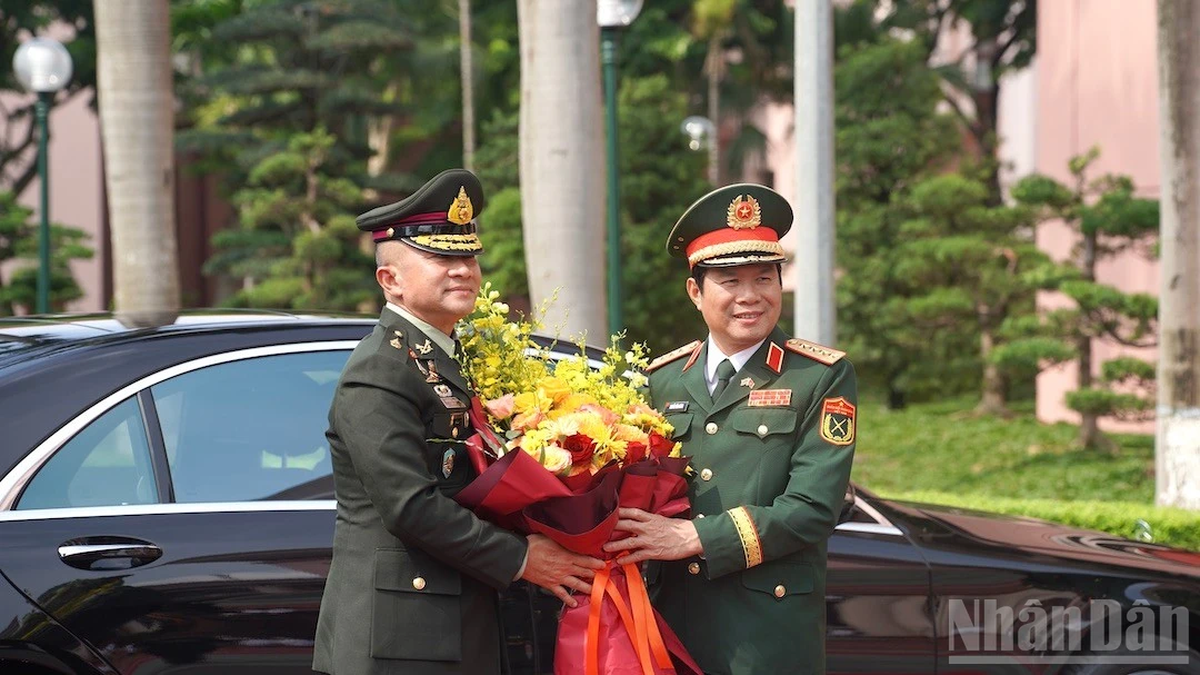
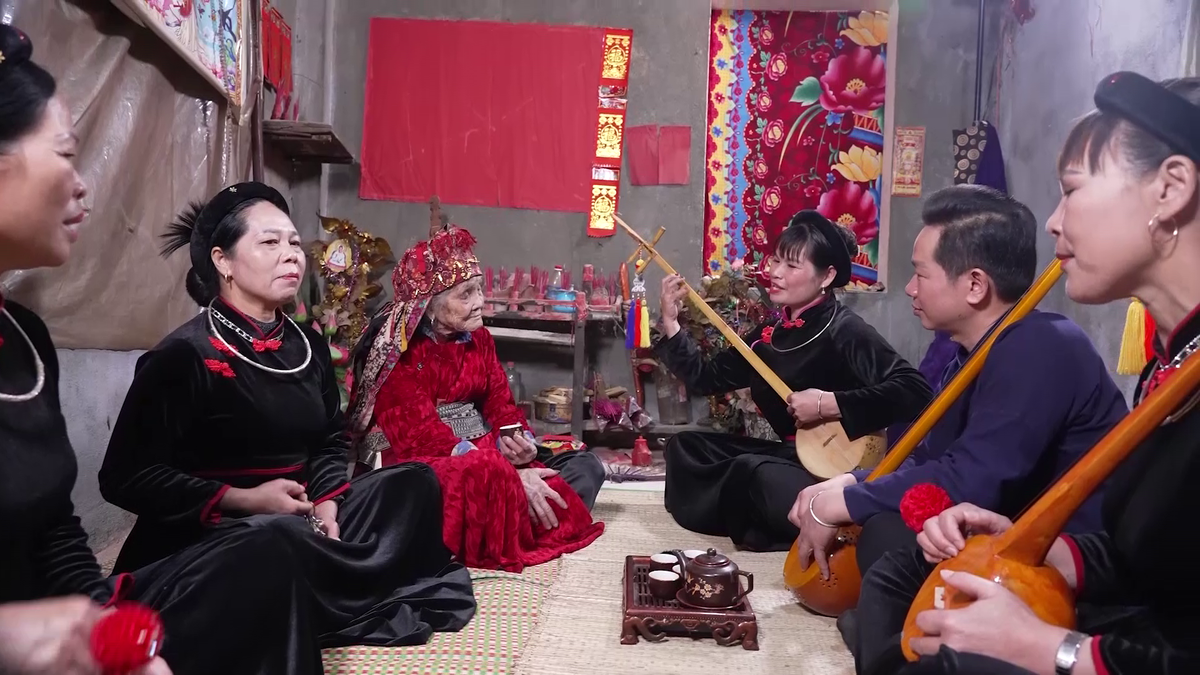

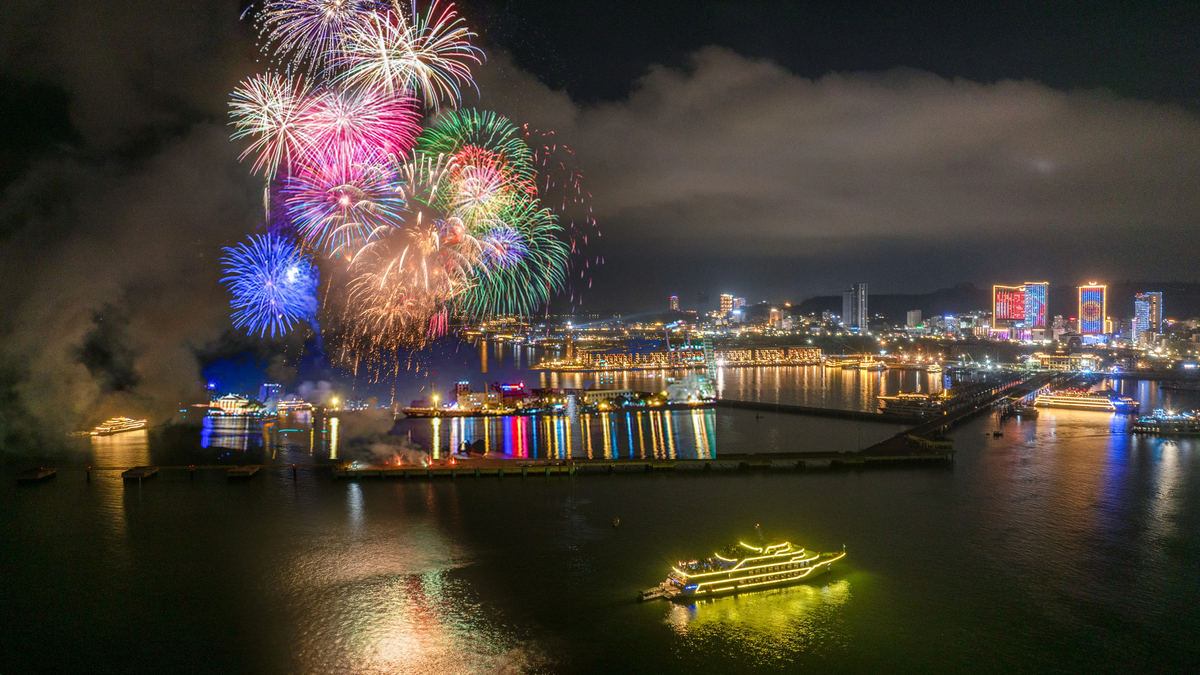
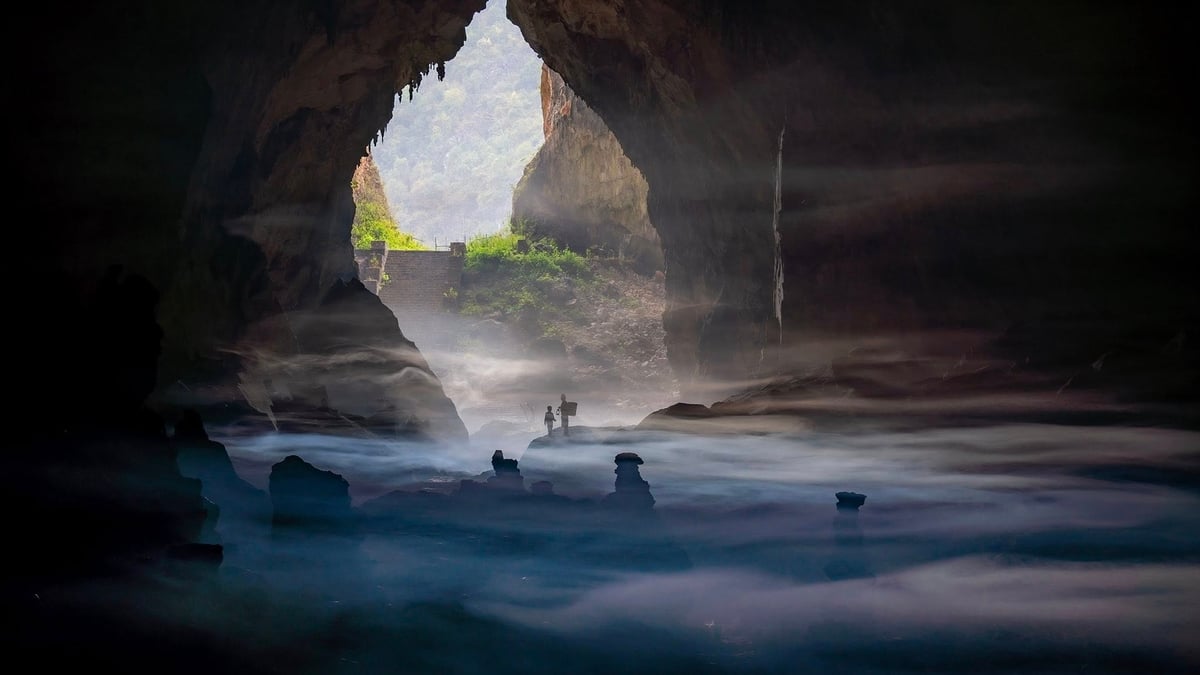
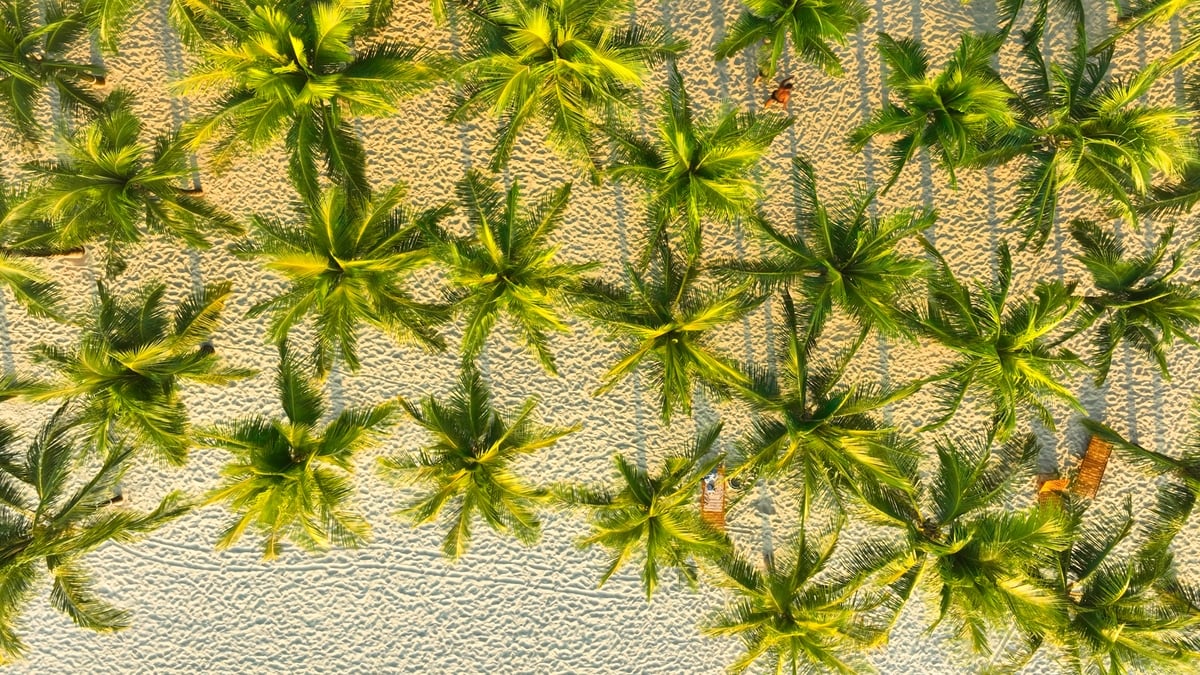
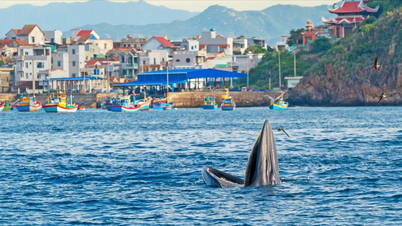

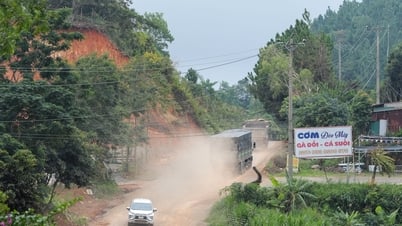

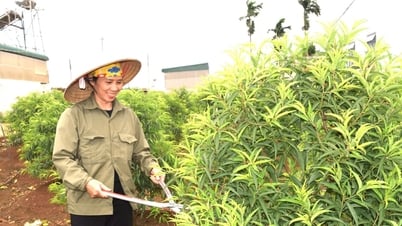
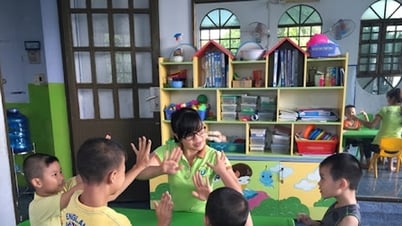

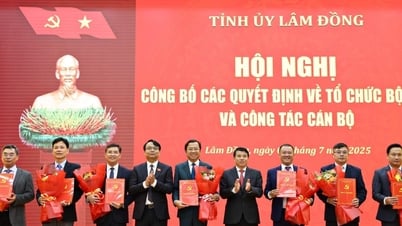


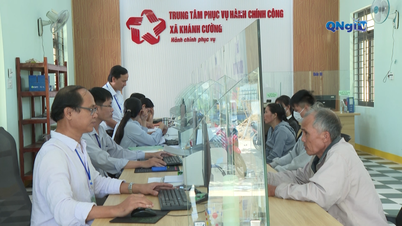

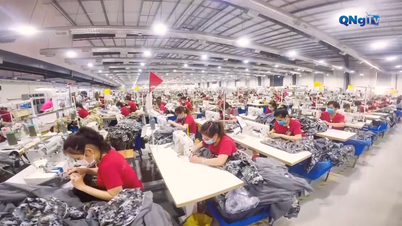

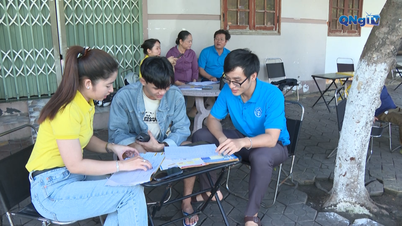
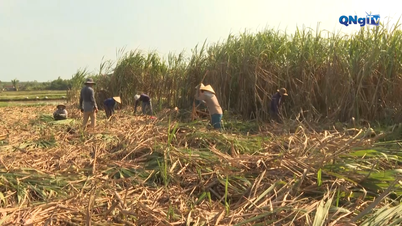
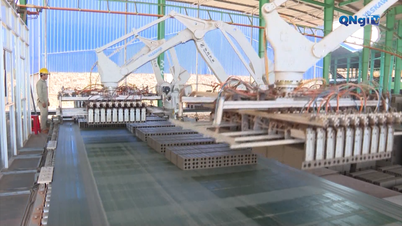


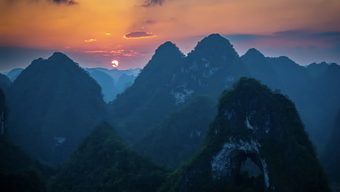
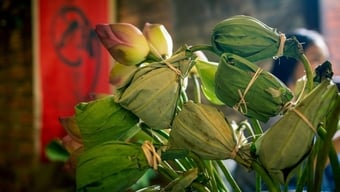
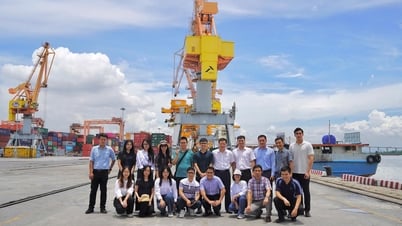

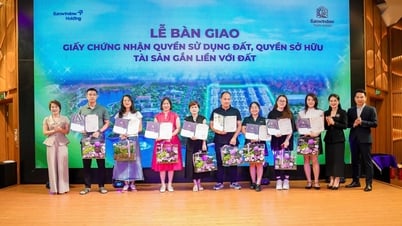


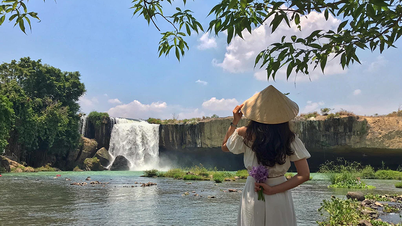
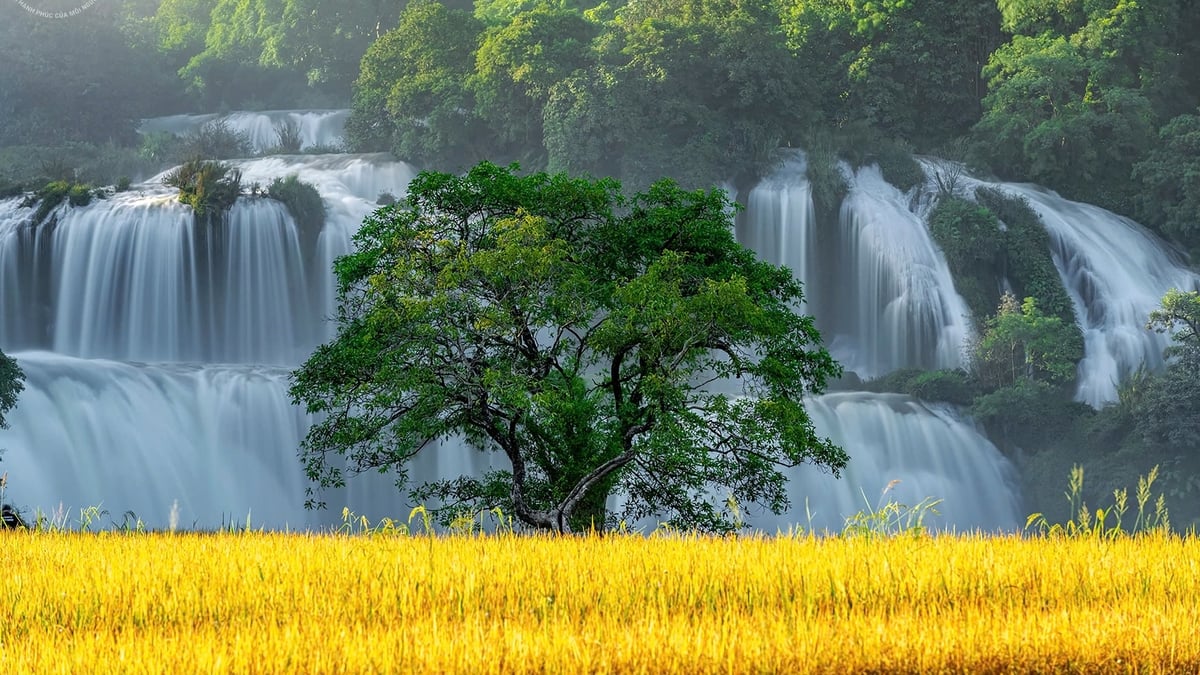
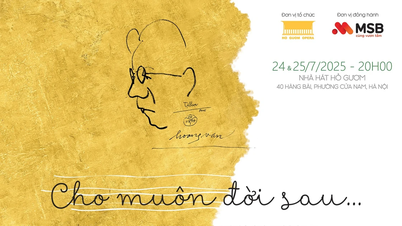



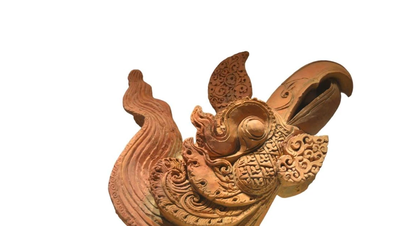

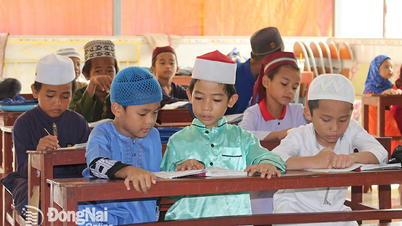

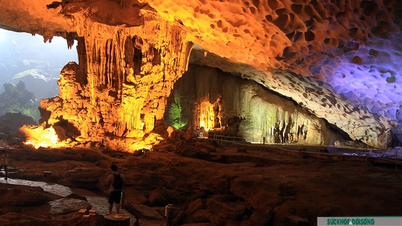

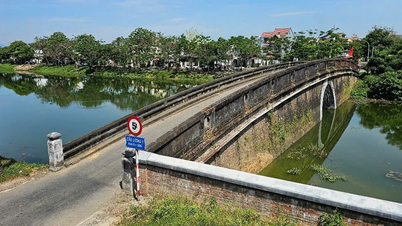

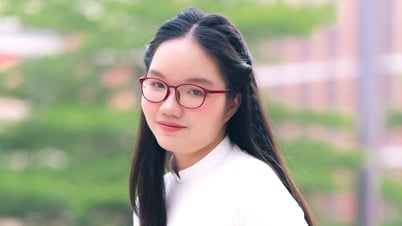



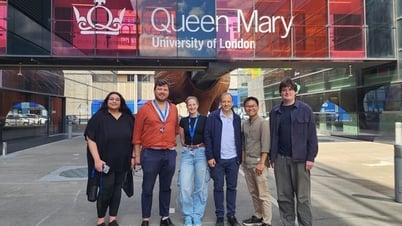

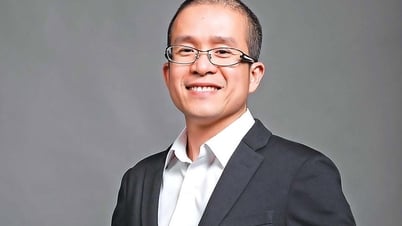

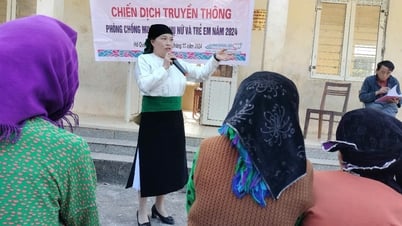

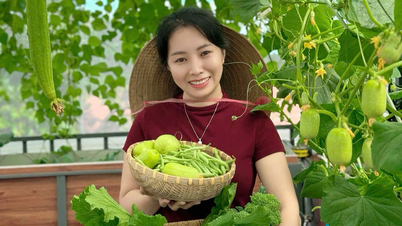
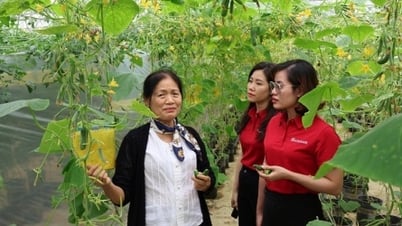
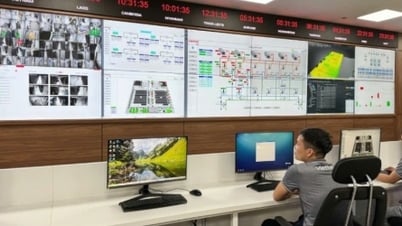


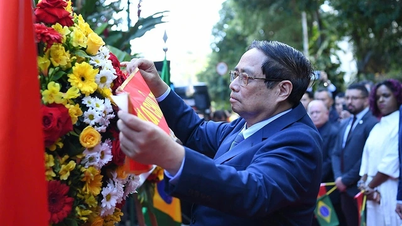




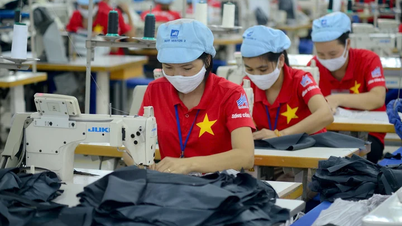

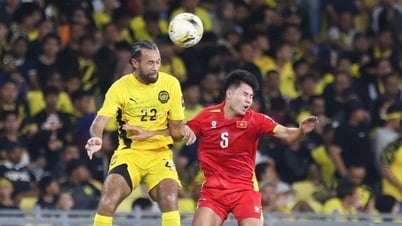
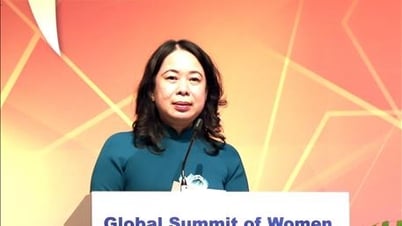



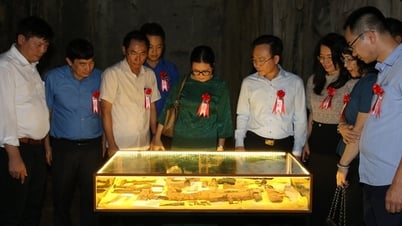

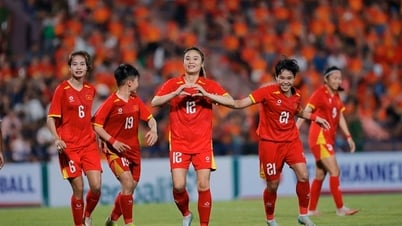
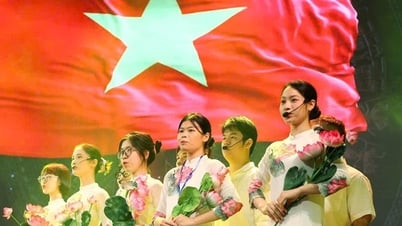
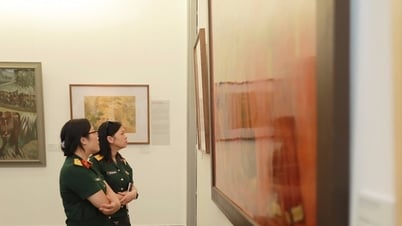
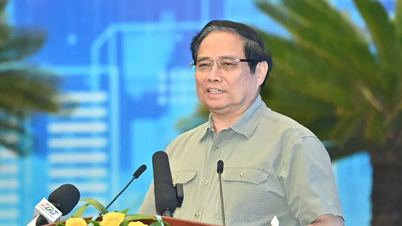




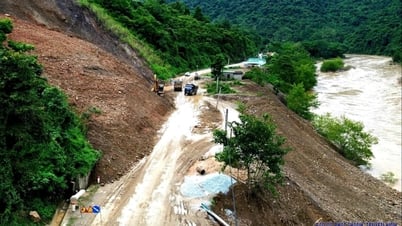

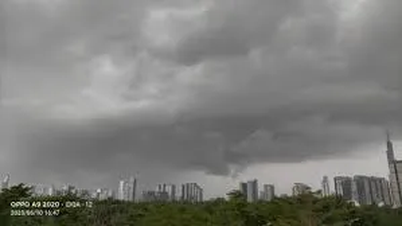




![[OCOP REVIEW] Bay Quyen sticky rice cake: A hometown specialty that has reached new heights thanks to its brand reputation](https://vphoto.vietnam.vn/thumb/402x226/vietnam/resource/IMAGE/2025/7/3/1a7e35c028bf46199ee1ec6b3ba0069e)





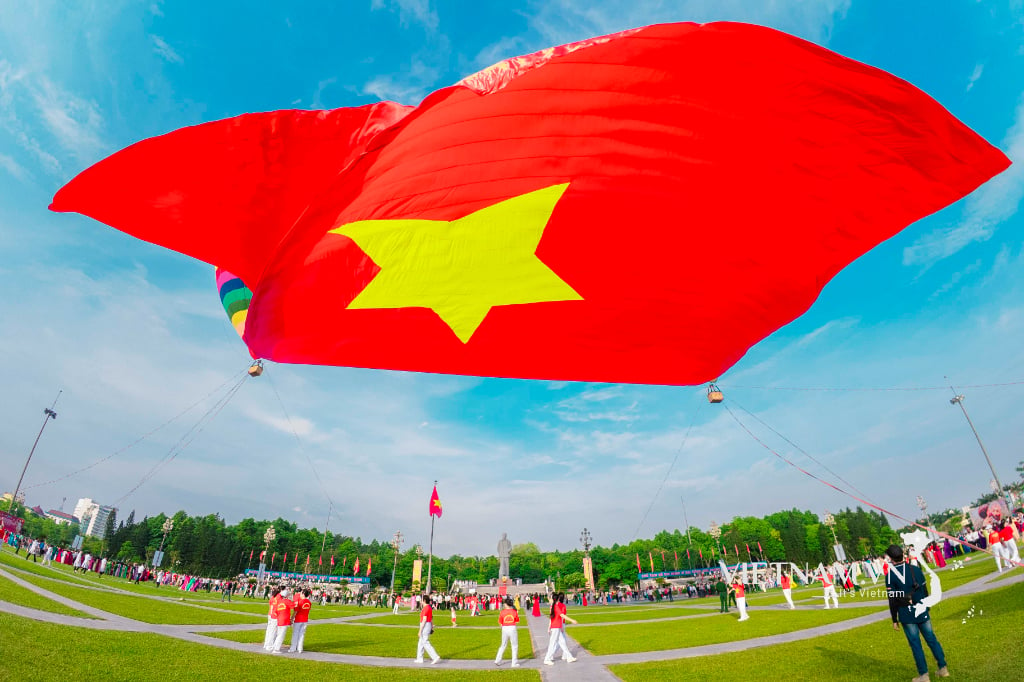
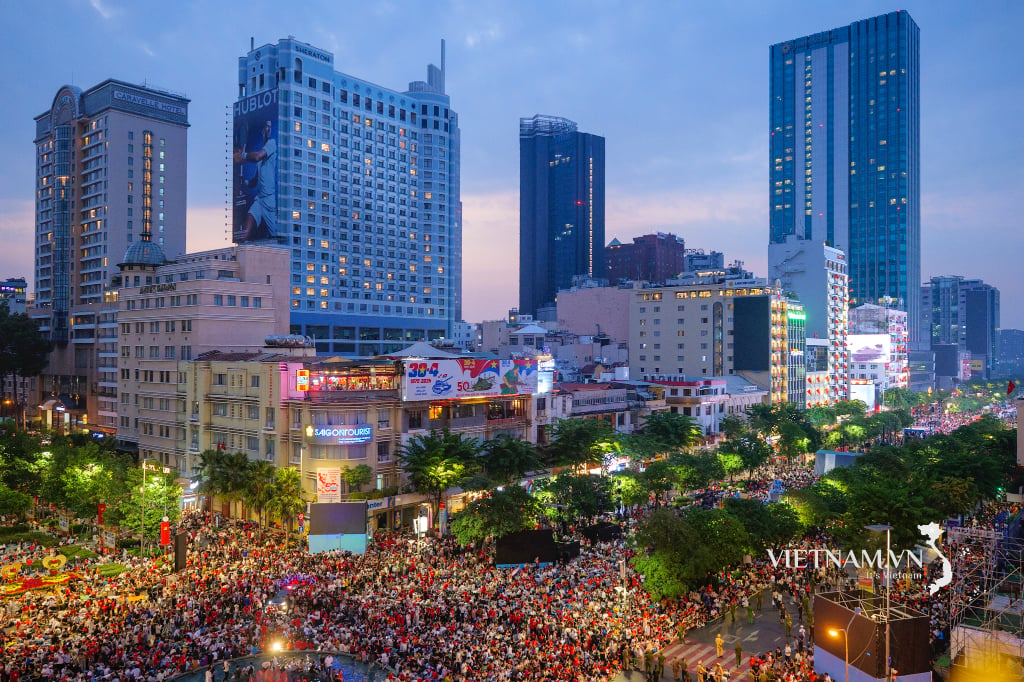
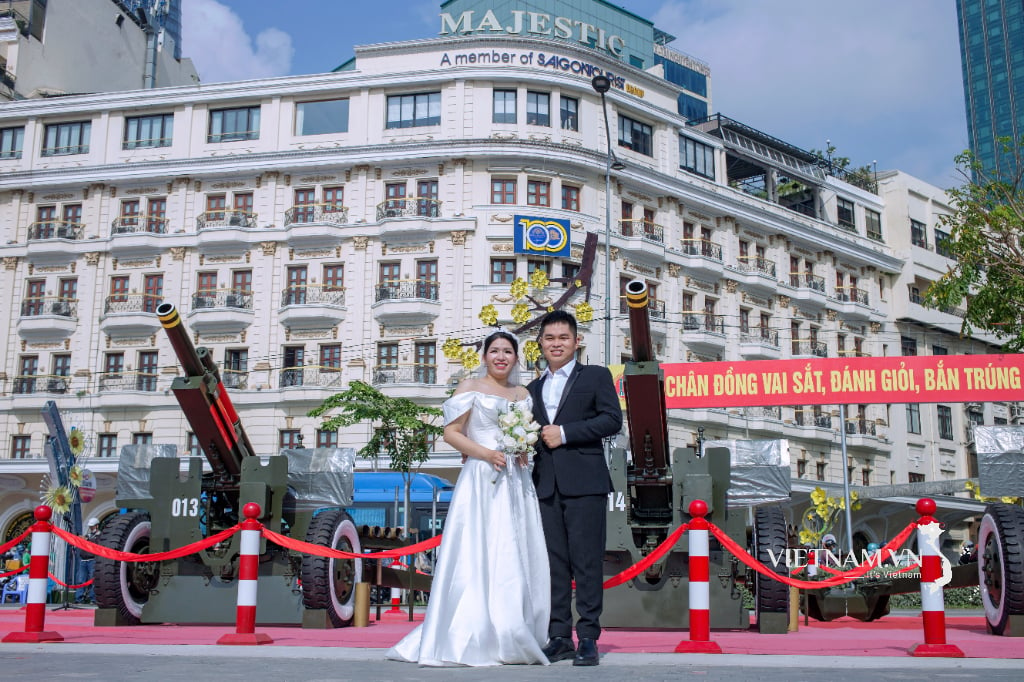
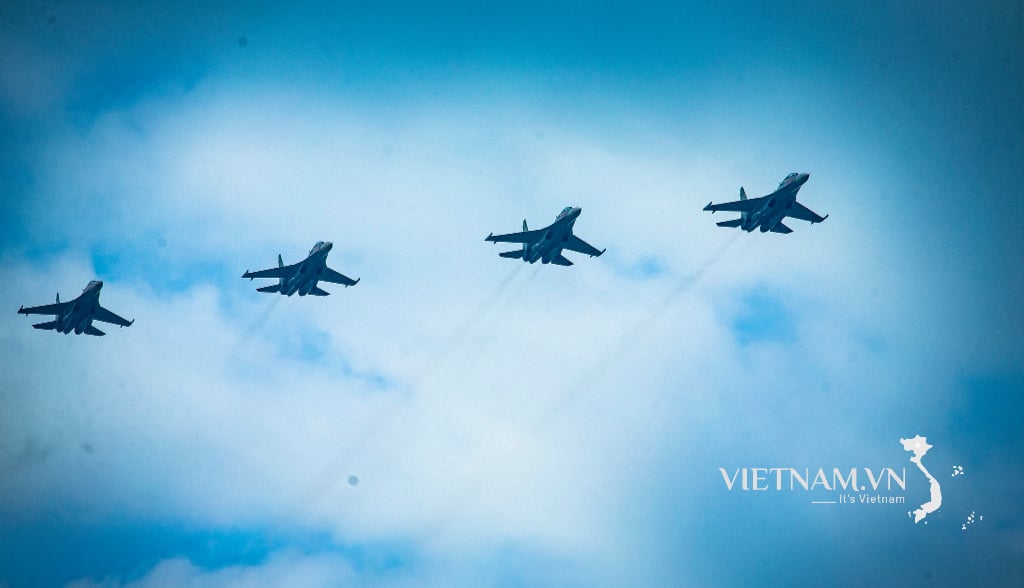
Comment (0)